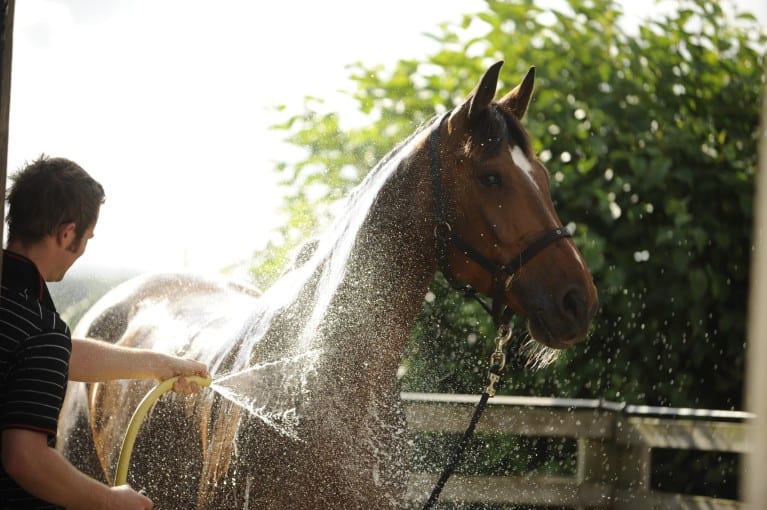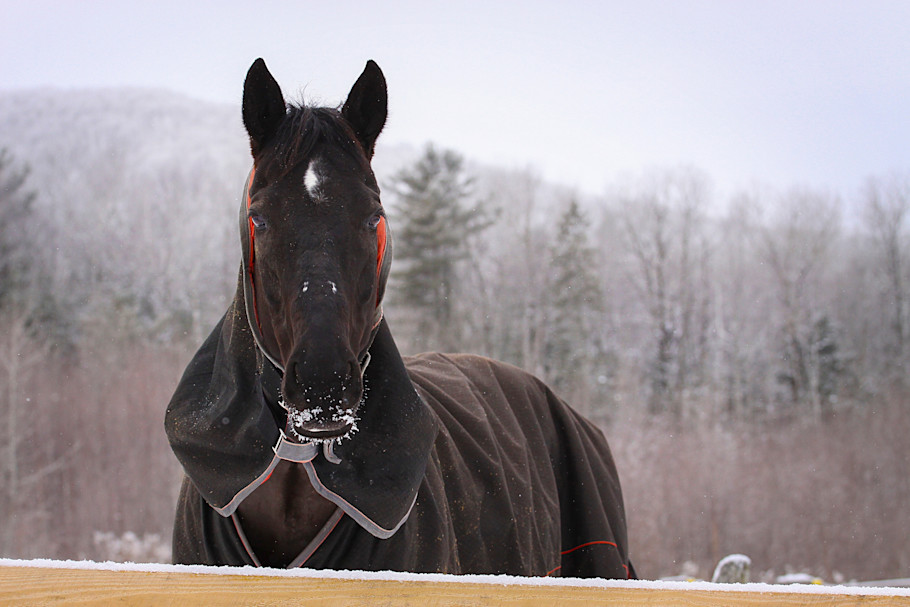
What Temperature Can You Give a Horse a Bath Safely?
Share
Bathing your horse is a significant part of their grooming routine and overall health. It not only keeps them clean but also helps maintain their coat's luster and removes dirt, mud, and sweat from their skin. However, pet owners often wonder about the appropriate temperature for bathing a horse. This article aims to delve into what temperature can you give a horse a bath while ensuring that your beloved equine remains comfortable and safe.

The Basics of Bathing Horses
Before we explore the ideal temperature to bathe a horse, it's essential to understand some basics. Horses have unique skin and hair properties that necessitate careful consideration when bathing them. Regular bathing can help combat skin issues, but its crucial not to harm their natural skin oils.
Why Temperature Matters
The temperature of the water plays a vital role in ensuring your horse's comfort during a bath. Horses are sensitive animals, and temperature extremes can lead to discomfort or even health issues. While you may be thinking, 'What temperature can you give a horse a bath?', the answer is more nuanced than a single number.
Ideally, water should be moderately warm, around 100F to 105F (38C to 40C). Water that is too cold can lead to muscle tightness, while water that is too hot might strip the skin of its natural oils.

Factors Influencing Bathing Temperature
Several factors can influence the optimal bathing water temperature for your horse:
1. Horse's Age and Health
Older horses or those with certain health conditions may require warmer water to keep their muscles relaxed. Young foals, on the other hand, may be more sensitive to temperature changes.
2. Weather Conditions
Outdoor temperature and humidity can play a role as well. On colder days, a warmer bath might be necessary to prevent your horse from getting chilled after bathing. Conversely, on hot summer days, cooler water can provide a refreshing experience for your horse.
3. Coat Type
Different horse breeds have different coat types. Horses with thick coats may prefer warmer water, whereas those with shorter, finer coats may feel comfortable with slightly cooler water.

How to Measure the Right Bathing Temperature
To determine how warm the water is, it's recommended to use a thermometer. The best practice is to test the water on your wrist or inner elbow before applying it to your horse. If it feels comfortable to you, it will most likely be suitable for your horse as well.

Benefits of Bathing Your Horse
Besides keeping your horse looking clean and shiny, bathing has several other benefits:
- Improves skin health: Regular bathing helps eliminate dirt and grime, preventing skin conditions.
- Enhances circulation: Massage while bathing can help increase blood flow.
- Reduces stress: Most horses find the bathing process relaxing when done properly.
When Not to Bathe Your Horse
Its crucial to know when not to bathe your horse. Avoid bathing if:
- Your horse has a fever or is unwell.
- The weather is extremely cold, possibly leading to hypothermia.
- Your horse is covered in a significant amount of mud - in that case, a quick rinse or spot cleaning may be more appropriate.
Steps to Bathing Your Horse
Once you've determined the right temperature, follow these essential steps for a successful bathing:
- Prepare the bathing area: Ensure it's safe, clean, and spacious.
- Gather your supplies: You'll need a bucket, horse shampoo, a sponge or washcloth, and lots of water.
- Wet the horse's coat: Start with the legs and gradually move up, never spray directly into their face.
- Apply shampoo: Gently massage the shampoo into your horse's coat, focusing on any dirty areas.
- Rinse thoroughly: Make sure no shampoo residue is left on the skin.
- Dry the horse: Use a towel to help soak up excess water and allow natural drying if the weather permits.
Aftercare Following a Bath
After your horse has been bathed, ensure to check for any signs of discomfort or distress. It's advisable to provide them with a clean and safe area to dry off. Additionally, grooming post-bath is essential. This helps in maintaining their coat's health and assists in drying.
FAQs
1. How often should I bathe my horse?
Frequency depends on your horse's activity level and environment. Generally, once-a-month baths suffice unless they're particularly dirty.
2. Is it okay to use human shampoo on my horse?
No, human shampoos can be too harsh and strip essential oils. Always use a shampoo formulated specifically for horses.
3. Can I bathe my horse during winter?
While it's possible, care should be taken to ensure the horse does not get chilled. Warm water and a quick drying process can help minimize risks.
As an Amazon Associate, I earn from qualifying purchases.
